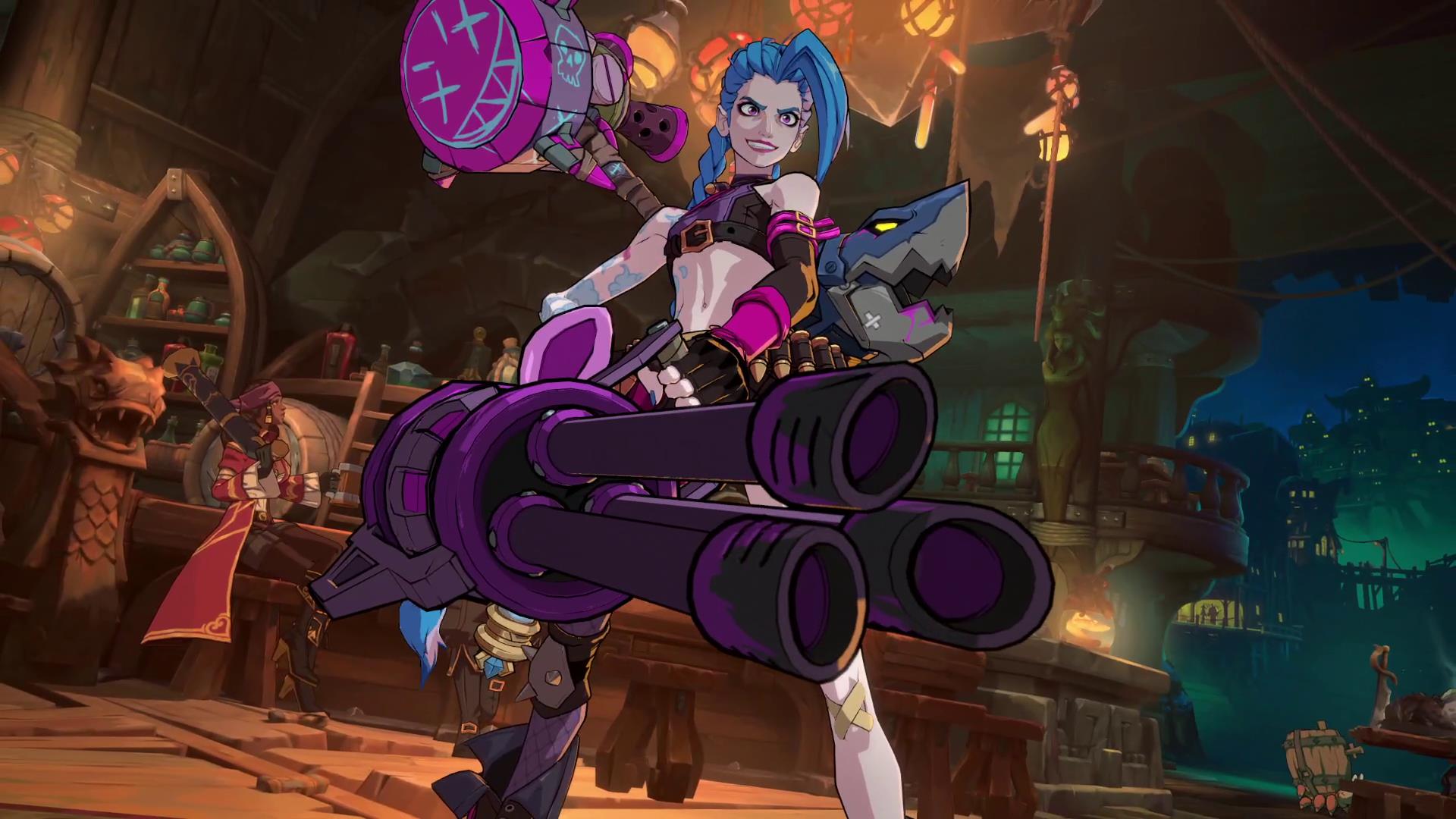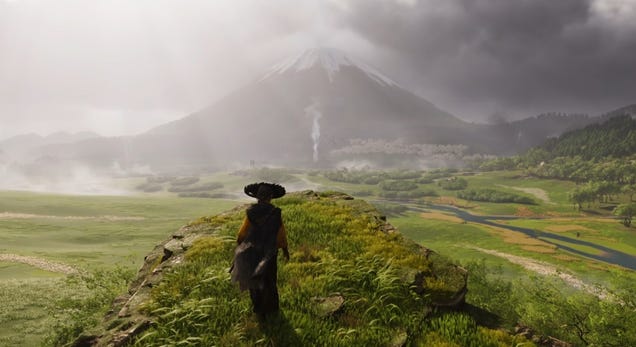Riot's director of product recently sent a link to McDonald's job applications to a player who boosts accounts for a living. This was after some players complained about the new crackdown on alt account abuse in League Of Legends. It seems like a pretty straightforward response to a not-so-great situation. Not much excitement here, just another day in the gaming world, I guess.
#LeagueOfLegends #AccountBoosting #RiotGames #GamingNews #McDonaldsJobs
#LeagueOfLegends #AccountBoosting #RiotGames #GamingNews #McDonaldsJobs
Riot's director of product recently sent a link to McDonald's job applications to a player who boosts accounts for a living. This was after some players complained about the new crackdown on alt account abuse in League Of Legends. It seems like a pretty straightforward response to a not-so-great situation. Not much excitement here, just another day in the gaming world, I guess.
#LeagueOfLegends #AccountBoosting #RiotGames #GamingNews #McDonaldsJobs
1 Comments
·0 Shares
·0 Reviews














